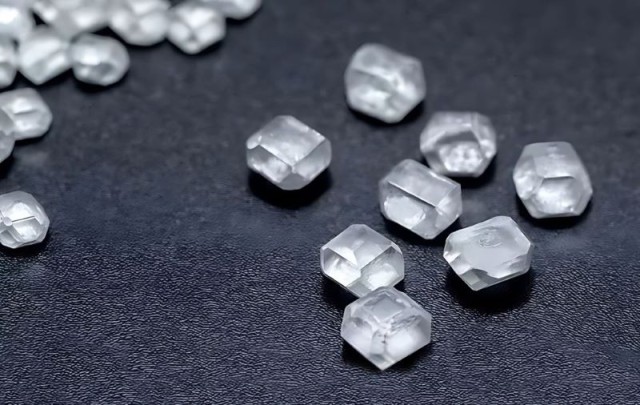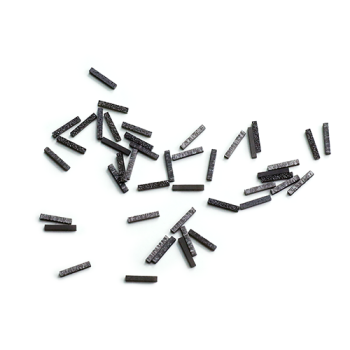Industry Impact of MPCVD Cultured Diamonds
Diamond Applications in Semiconductors and Other Fields
Diamonds, renowned for their exceptional thermal conductivity and high temperature resistance, are increasingly being sought after in the semiconductor industry. However, their full potential as semiconductor materials remains largely uncharted. Beyond semiconductors, diamonds are being explored for a myriad of applications across various fields.
In the optical domain, diamond's high refractive index of 2.4 (at 600 nm) combined with its broad transparency spectrum—spanning from UV (225 nm) to the far infrared—makes it an ideal material for infrared windows, high-power laser lenses, X-ray optics, and etalons. These properties also position diamond as a promising candidate for advanced optical components in high-performance systems.
The aerospace industry is another frontier where diamonds are making inroads. Their unparalleled hardness, low friction coefficient, and exceptional chemical inertness make them suitable for extreme environments such as high temperatures, radiation fields, and corrosive chemical conditions. These characteristics are crucial for applications such as wear-resistant coatings and tools for cutting and machining hard materials.
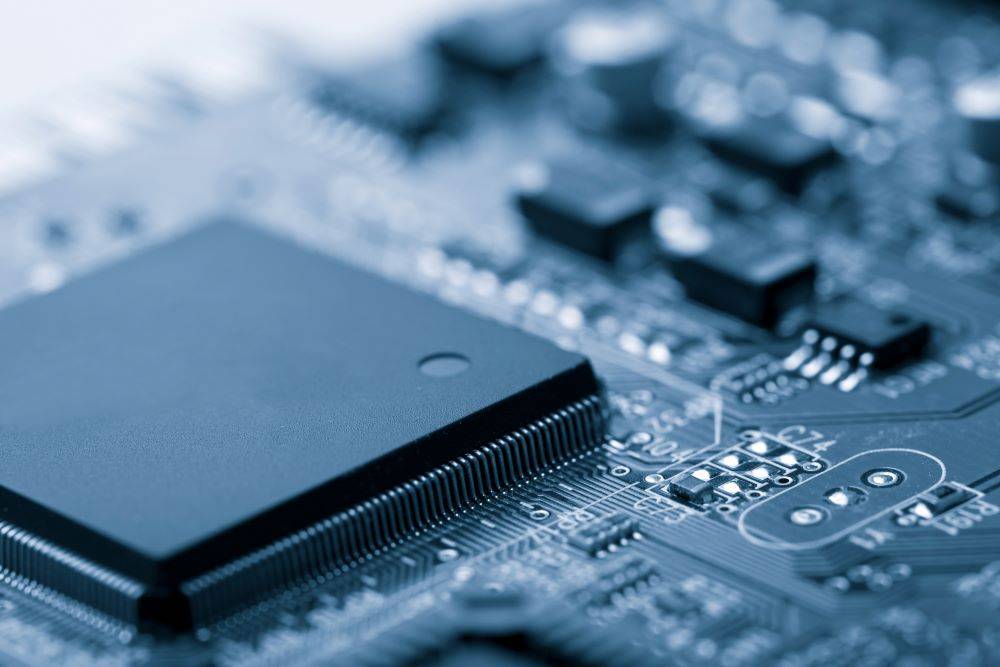
In the realm of Micro-Electro-Mechanical Systems (MEMS), diamond's high Young's modulus—1200 GPa compared to 130 GPa for silicon and 448 GPa for silicon carbide—underscores its potential as a superior material. Future applications in surface acoustic wave (SAW) and bulk acoustic wave (BAW) filters for cellular phones are on the horizon.
Diamond's exceptional radiation hardness, with a displacement energy of 43 eV compared to silicon's 13–20 eV, opens up possibilities for outer space electronics, radiation sensors, dosimeters, and fluorescence beam monitors. This makes diamond a prime candidate for electronics in harsh, radiation-rich environments.
Emerging applications in electro-chemistry include diamond-based electrodes for water splitting and purification, electro-chemical detectors, bio-chemical sensors, and drug delivery components using diamond nanoparticles. Additionally, quantum metrology, communication, and computing are areas where single defect centers in diamond, such as the nitrogen vacancy center, show significant promise.
As diamond technology advances, particularly in areas like doping, etching, and passivation, new electronic applications in power devices are beginning to emerge. These developments highlight the versatile and transformative potential of diamond across multiple industries.
Market Demand and Production Methods
The market for cultured diamonds is increasingly demanding larger stones, driven by both aesthetic preferences and industrial applications. The High Pressure High Temperature (HPHT) method has demonstrated the capability to produce diamonds as large as 3 carats (Ct), meeting a significant portion of current market needs. However, the market's appetite for even larger diamonds continues to grow, necessitating advancements in production techniques.
In contrast, the Microwave Plasma Chemical Vapor Deposition (MPCVD) method offers distinct advantages in terms of clarity and the potential to produce larger diamonds. MPCVD-produced diamonds are often of higher quality, with fewer inclusions and a more consistent color, making them particularly desirable for both jewelry and industrial applications. Despite these advantages, the MPCVD method currently faces challenges in cost efficiency and production capacity.
| Production Method | Advantages | Disadvantages |
|---|---|---|
| HPHT | Capable of producing larger diamonds (up to 3Ct) | Lower clarity and color consistency |
| MPCVD | Higher clarity and potential for larger diamonds | Higher cost and lower production capacity |
The MPCVD method's potential to produce larger, higher-quality diamonds makes it a promising avenue for future development. However, until significant advancements are made in reducing costs and increasing production capacity, the HPHT method will likely remain a key player in meeting the market's demand for larger cultured diamonds.
Financial Realities of Cultured Diamond Companies
Despite a slight rebound in prices, cultured diamond companies continue to grapple with significant financial hurdles. The production costs for a 1-carat cultured diamond remain exorbitantly high, making profitability a formidable challenge. This financial strain is exacerbated by the complex and resource-intensive nature of the manufacturing process, which involves sophisticated technologies like MPCVD (Microwave Plasma Chemical Vapor Deposition) and HPHT (High Pressure High Temperature).
| Aspect | Challenge |
|---|---|
| Production Costs | High costs associated with raw materials, energy consumption, and labor. |
| Market Dynamics | Fluctuating demand and pricing pressures due to market competition. |
| Technological Barriers | Need for continuous technological advancements to reduce costs and improve yield. |
The high cost of production is a multifaceted issue. It includes the expense of procuring and maintaining advanced equipment, the energy-intensive processes involved, and the skilled labor required to operate these systems. Moreover, the market dynamics play a crucial role, with demand and pricing often influenced by broader economic trends and competitive pressures.
To navigate these financial realities, companies are exploring various strategies to reduce costs and improve efficiency. These include increasing production capacity through equipment modification and process improvements, standardizing on-site management to reduce energy consumption, and enhancing automation levels to cut labor costs and achieve continuous operation. However, the path to profitability remains fraught with challenges, requiring sustained innovation and strategic investments.
Strategies for Cost Reduction and Efficiency Improvement
Increasing Production Capacity
Companies are aggressively pursuing equipment modification and process improvement to enhance their production capabilities. The primary objective is to expand the effective deposition area, which directly influences the yield of cultured diamonds. This strategic focus is pivotal for meeting the escalating market demand for larger diamonds.
One of the key areas of enhancement is the upgrade to higher power supplies. These advanced power systems not only increase the efficiency of the deposition process but also ensure a more consistent and higher quality output. The power supply upgrade is a critical investment that aligns with the industry's push towards larger, higher-quality diamonds.
In addition to power upgrades, ensuring the quality of the deposition cavity is equally important. The cavity's integrity and precision play a significant role in the uniformity and quality of the diamond layers being deposited. Companies are investing in technologies and methodologies to meticulously monitor and maintain the cavity's quality, thereby reducing defects and improving overall yield.
These efforts collectively aim to bridge the gap between current production capacities and market demands, positioning companies to better capitalize on the growing opportunities in the cultured diamond industry.
Standardizing On-site Management
Standardizing on-site management is a critical strategy for reducing operational costs in the MPCVD cultured diamond industry. By optimizing the energy consumption of auxiliary equipment, such as cooling systems and gas preparation systems, companies can achieve substantial cost savings. These systems often consume a significant amount of energy, and even minor improvements in their efficiency can lead to noticeable reductions in overall operational expenses.
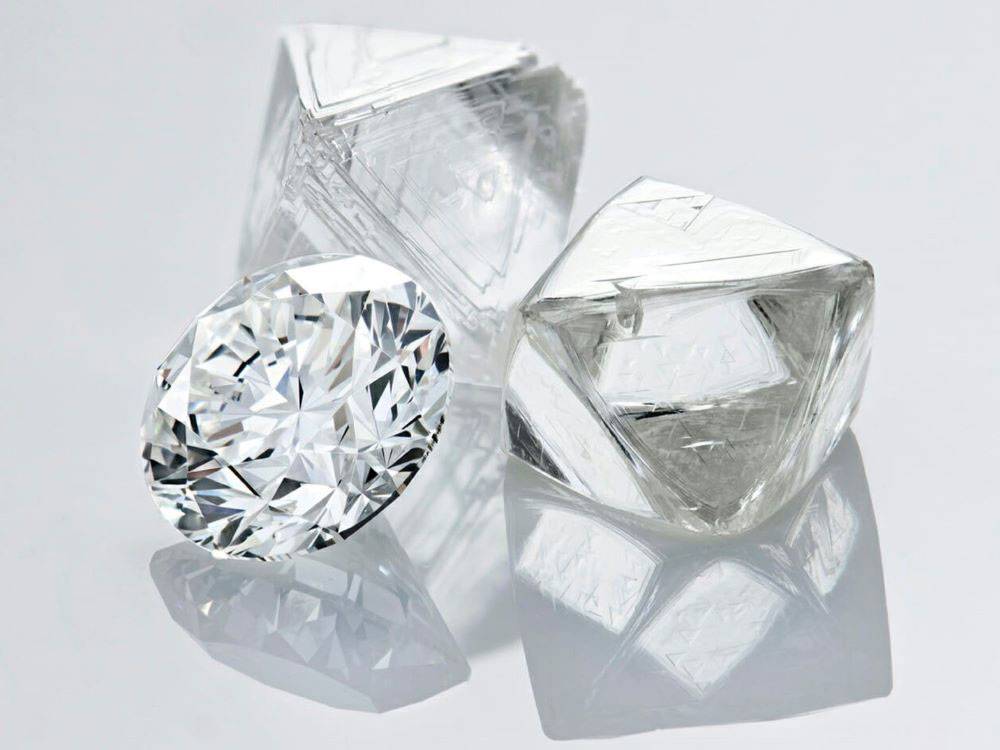
For instance, implementing more efficient cooling systems can lower the energy required to maintain optimal temperatures during the diamond growth process. Similarly, upgrading gas preparation systems to reduce waste and improve the purity of the gases used can also contribute to energy savings. These measures not only cut down on operational costs but also enhance the overall efficiency of the production process.
Moreover, standardizing these practices across multiple production sites ensures consistency and scalability, making it easier for companies to replicate successful cost-saving strategies across their operations. This approach not only improves financial performance but also supports the sustainable growth of the cultured diamond industry.
Improving Automation Levels
Implementing automated production lines with robots is a strategic move that can significantly reduce labor costs and enable continuous, 24-hour operation. This shift not only enhances overall efficiency but also minimizes human error, leading to more consistent product quality. The integration of advanced robotics into the production process can streamline operations, allowing for faster throughput and reduced downtime.
Moreover, automation can facilitate the precise control of production parameters, which is crucial in industries where consistency and quality are paramount. For instance, in the MPCVD (Microwave Plasma Chemical Vapor Deposition) process for diamond synthesis, automated systems can ensure that each diamond produced meets stringent quality standards. This precision can lead to higher yield rates and reduced waste, further contributing to cost savings.
Additionally, the use of robots in production can free up human workers to focus on more complex tasks that require creativity and problem-solving skills, thereby enhancing the overall skill level and productivity of the workforce. This shift towards a more automated and intelligent production environment is essential for staying competitive in an increasingly demanding market.
| Benefit | Description |
|---|---|
| Cost Reduction | Reduces labor costs and minimizes human error, leading to more consistent quality. |
| 24-Hour Operation | Enables continuous production, improving overall efficiency and throughput. |
| Precision Control | Facilitates precise control of production parameters, crucial for quality control. |
| Higher Yield Rates | Automated systems can lead to higher yield rates and reduced waste. |
| Enhanced Workforce | Allows human workers to focus on more complex tasks, enhancing overall productivity. |
In summary, the adoption of automation in production lines is not just about cutting costs; it's about transforming the way businesses operate, making them more efficient, reliable, and competitive in the long run.
Future Prospects and Market Trends
Market Growth and Industry Shifts
The market for rough cultured diamonds in China is poised for substantial growth, with projections indicating a compound annual growth rate (CAGR) of 25.24%. This surge is driven by increasing demand across various sectors, including semiconductors, optics, and aerospace, where the unique properties of cultured diamonds offer significant advantages. However, this rapid expansion is not without its challenges.
Industry reshuffles are underway, leading to a consolidation phase where some companies are exiting the market. This trend is largely attributed to the financial realities faced by cultured diamond producers, such as high production costs and the difficulty in achieving profitability. The cost of producing a 1-carat cultured diamond remains a significant barrier, despite advancements in production methods like the High-Pressure High-Temperature (HPHT) and Microwave Plasma Chemical Vapor Deposition (MPCVD) techniques.
Moreover, the competitive landscape is evolving, with a focus on improving production efficiency and reducing costs. Companies are investing in equipment modifications, process improvements, and automation to enhance their market positions. These strategic initiatives are crucial for surviving and thriving in an industry marked by both growth opportunities and financial constraints.
In summary, while the market for rough cultured diamonds in China is expected to experience robust growth, industry players must navigate through significant challenges, including financial pressures and market consolidation. The ability to innovate and adapt will be key to capitalizing on the burgeoning demand while ensuring long-term sustainability.
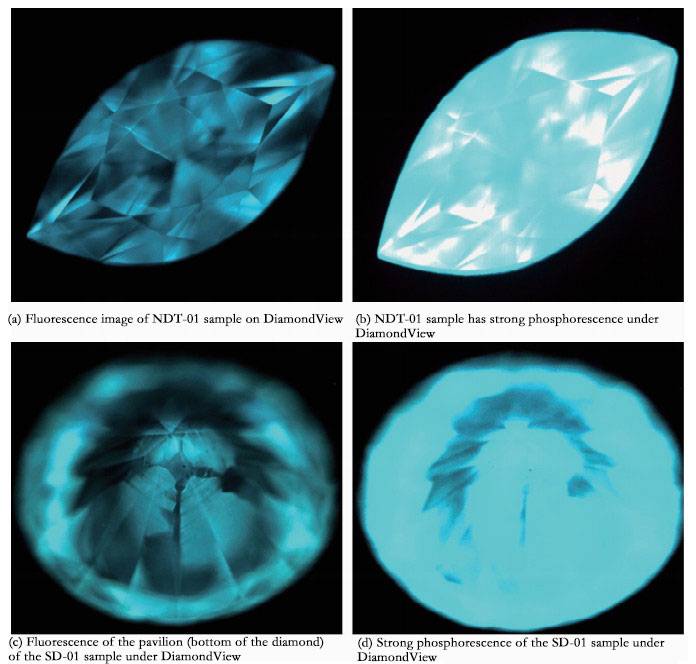
Potential for Large-scale Applications
Cultured diamond companies are aggressively pursuing large-scale, refined, and intelligent development, with a keen eye on expanding their applications across various high-tech sectors. The semiconductor industry, in particular, stands to benefit significantly from these advancements. Diamonds, known for their exceptional thermal conductivity and high-temperature resistance, are being meticulously explored as potential semiconductor materials. While their integration into semiconductor devices is still in the experimental phase, the potential is immense, given the growing demand for materials that can withstand extreme operational conditions.
In addition to semiconductors, cultured diamonds are also being eyed for applications in optics and aerospace. The unique optical properties of diamonds, such as their high refractive index and low dispersion, make them ideal for use in advanced optical systems. Meanwhile, in the aerospace sector, the durability and thermal stability of cultured diamonds could revolutionize components used in spacecraft and satellites.
To realize these large-scale applications, companies are not only focusing on improving production methods but also on enhancing the quality and consistency of their cultured diamonds. This dual approach aims to bridge the gap between laboratory-scale production and industrial-scale deployment, ensuring that cultured diamonds can meet the stringent demands of these high-tech industries.
| Sector | Potential Applications |
|---|---|
| Semiconductors | High-temperature resistance and thermal conductivity for advanced semiconductor devices. |
| Optics | High refractive index and low dispersion for advanced optical systems. |
| Aerospace | Durability and thermal stability for spacecraft and satellite components. |
The journey towards large-scale applications is not without its challenges. However, with ongoing research and development, cultured diamond companies are steadily moving towards making these potential applications a reality.
Related Products
- 915MHz MPCVD Diamond Machine Microwave Plasma Chemical Vapor Deposition System Reactor
- Microwave Plasma Chemical Vapor Deposition MPCVD Machine System Reactor for Lab and Diamond Growth
- Cylindrical Resonator MPCVD Machine System Reactor for Microwave Plasma Chemical Vapor Deposition and Lab Diamond Growth
- CVD Diamond Domes for Industrial and Scientific Applications
- HFCVD Machine System Equipment for Drawing Die Nano-Diamond Coating
Related Articles
- Plasma Enhanced Chemical Vapor Deposition (PECVD): A Comprehensive Guide
- Diamond Growing Machines For Modern Machining and Need for New Cutting Tools
- The Advancements in MPCVD Systems for Large Size Single Crystal Diamonds
- Chemical Vapor Deposition (CVD) of Graphene Challenges and Solutions
- Understanding the CVD Diamond Machine and How It Works
